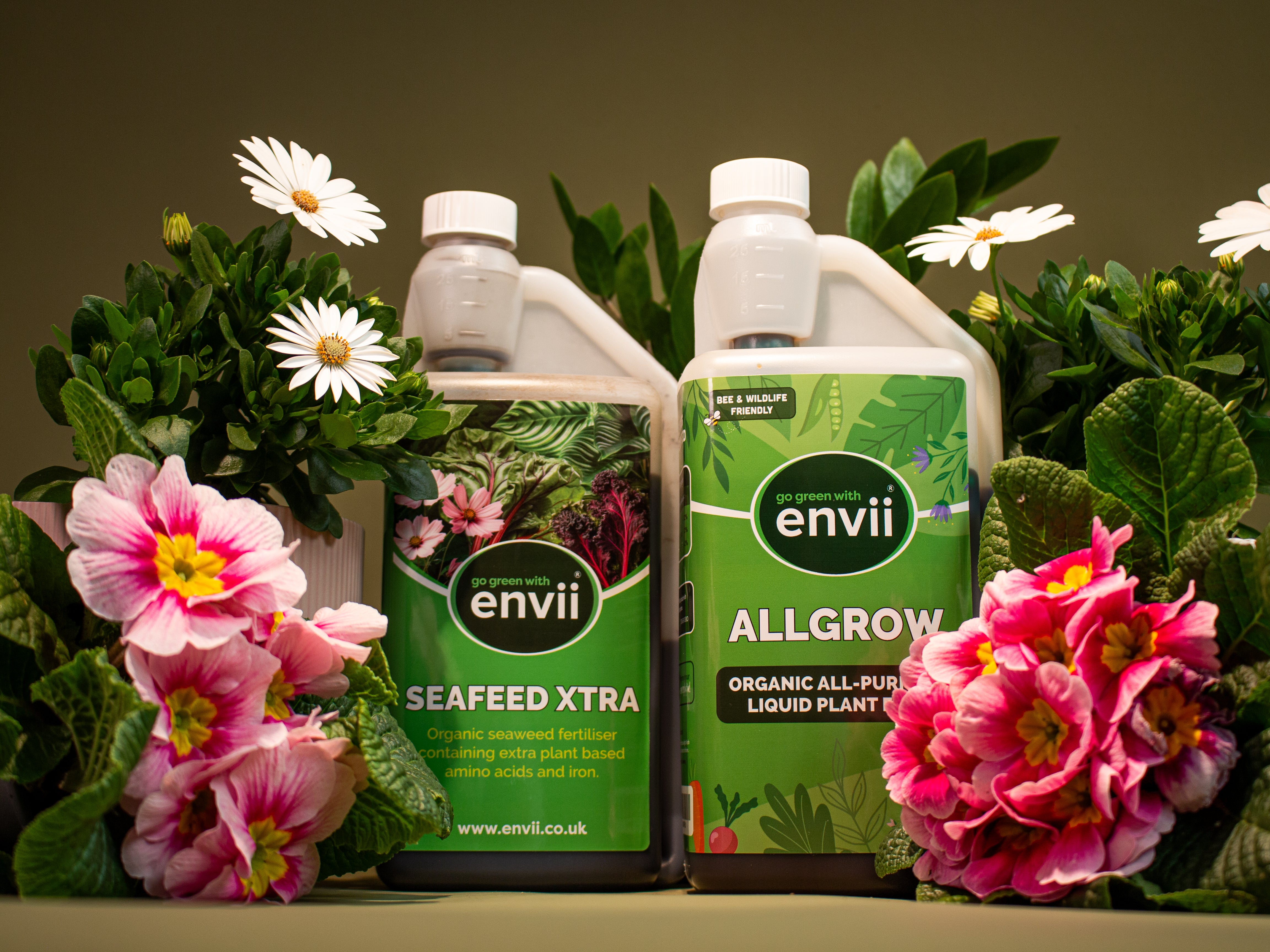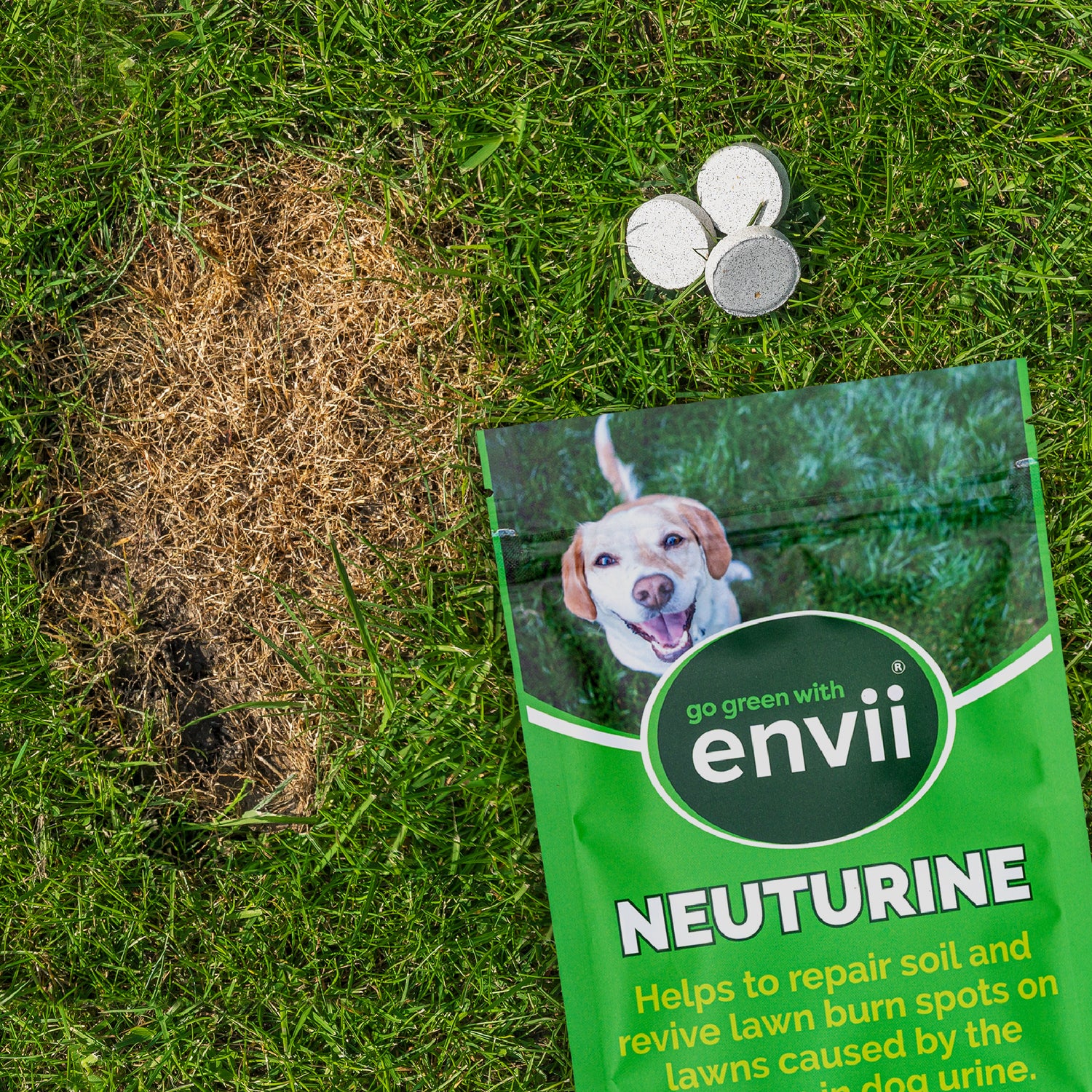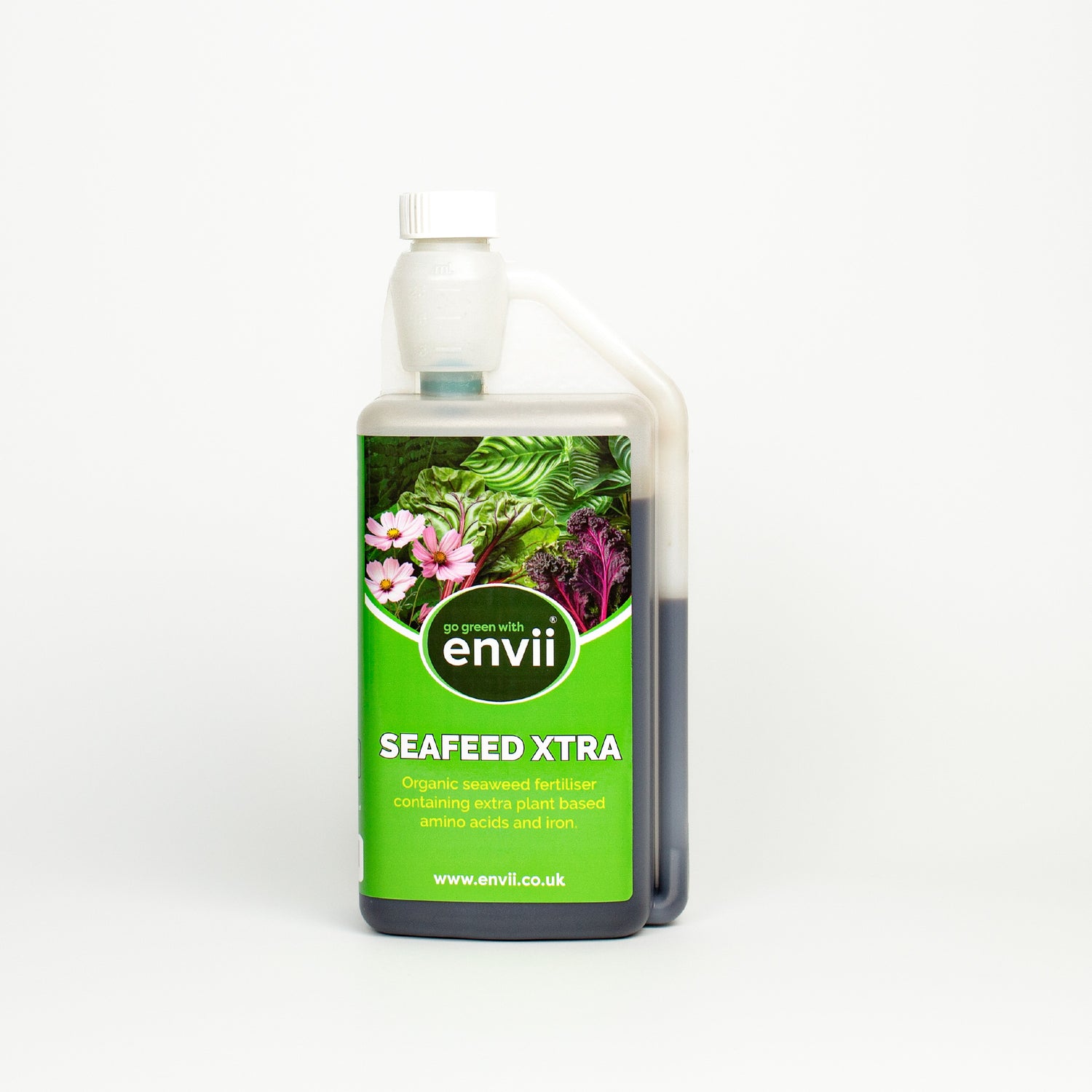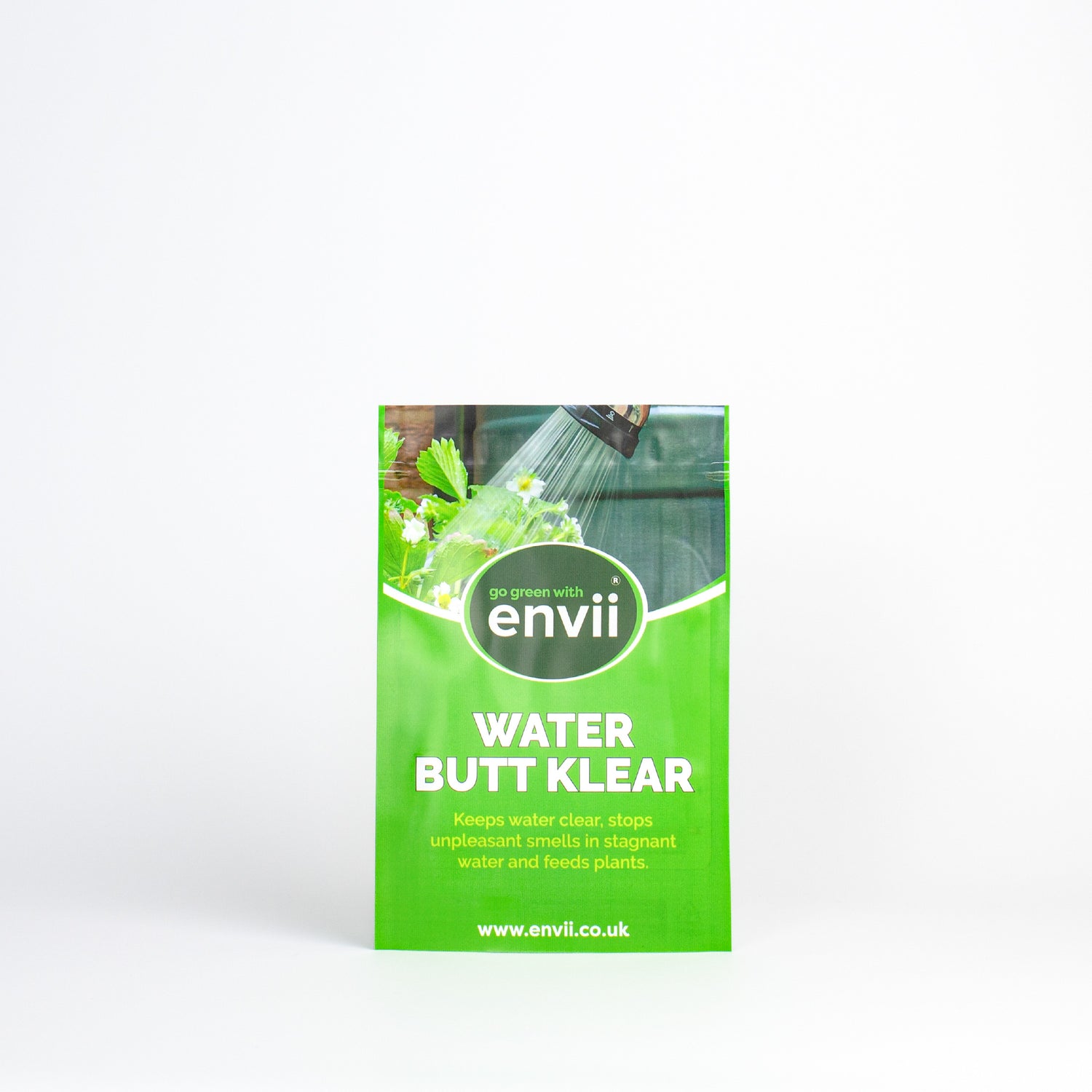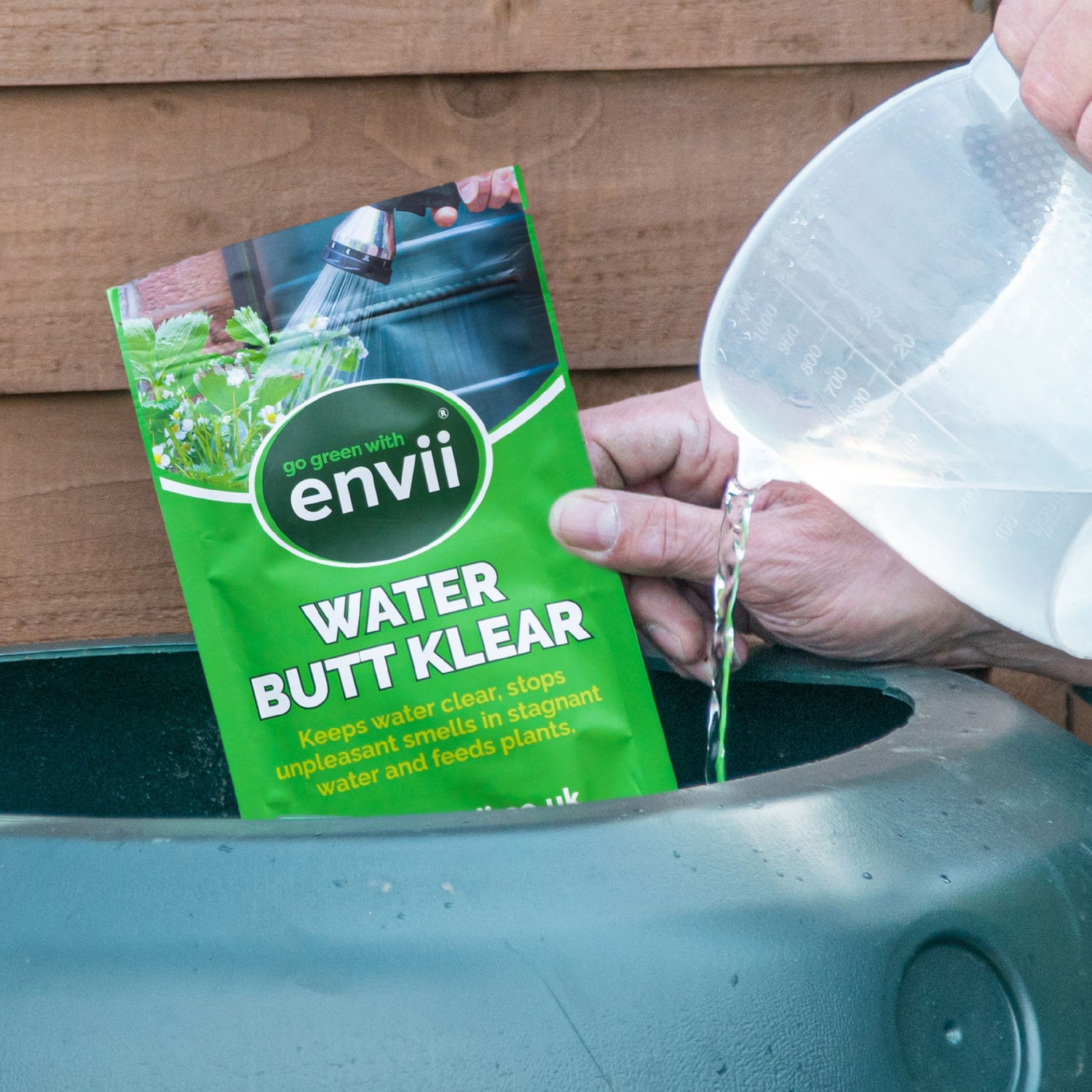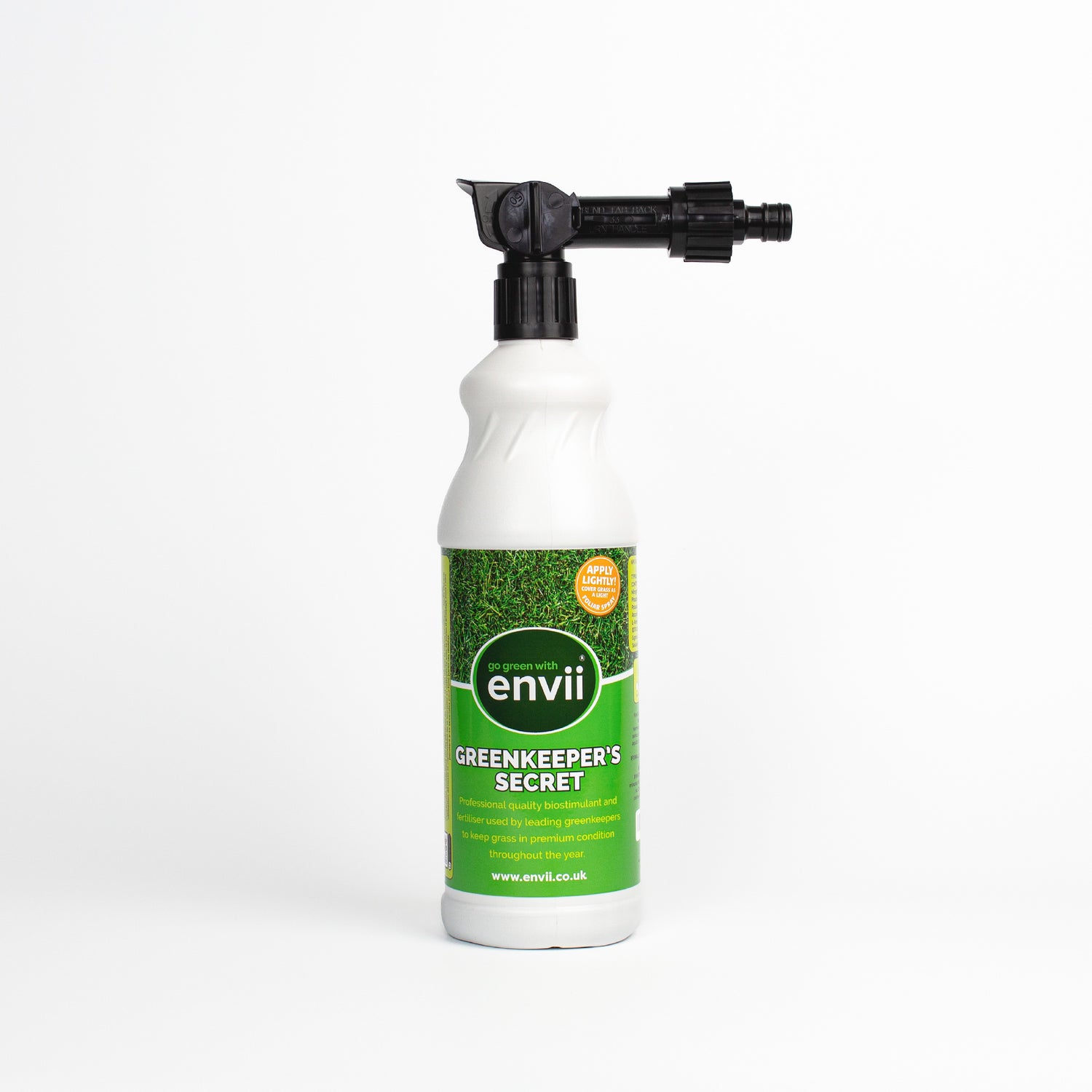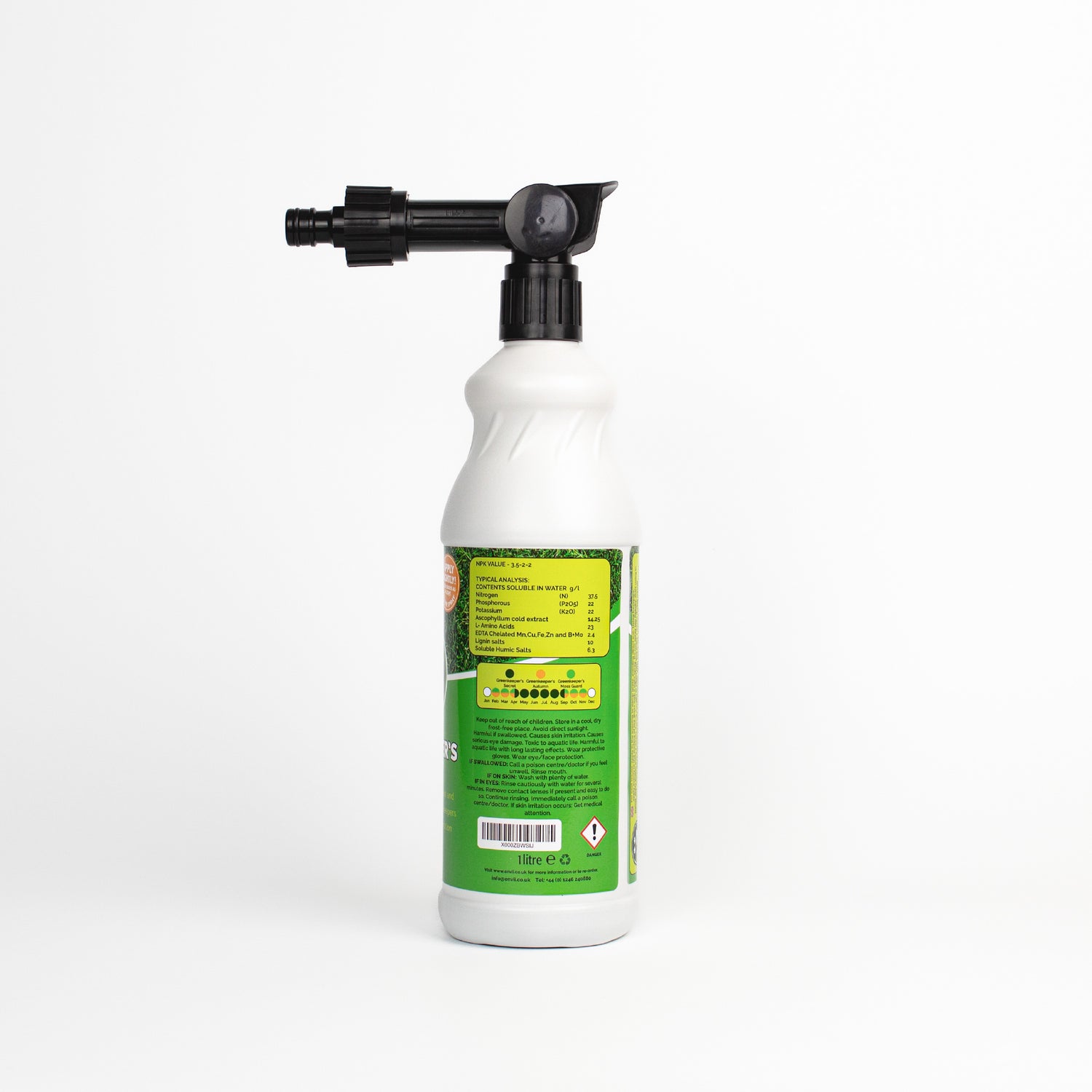Common Plant Diseases: The Ultimate Gardener’s Guide
What is plant disease?
Common plant diseases are a consequence of the disruption of a plant’s normal functions due to environmental changes or parasitic attacks. They cause symptoms or side effects that affect a plant’s ability to grow, flower and produce fruit.
Plant diseases are caused by environmental changes, induced by things such as extreme cases of moisture. Through excess rain and/or watering, soil pH and high temperatures. Among many other environmental influences. Meanwhile, parasitic plant diseases are caused by contamination of contagious pathogens.
Diseases are caused by pathogens that sit within 5 categories.
These are viruses, fungi, bacteria, nematodes and mycoplasmas.
Fungal Plant Diseases
Fungal pathogens are the leading cause of parasitic plant health issues, with 85% of plant diseases deriving from fungal organisms. This is because the highest amount of plant pathogens are found in the fungi category. Like bacteria, fungi access plants via natural openings such as stomata or wounds caused by external damage or contact (harvesting, pruning, insects and other pests).
Fungal pathogens are spread through weather effects such as wind and rainfall, as well as the movement of infected, contagious soil and plants are gardens and allotments. It is crucial that upon discovering a plant pathogen on one plant, extra care is taken to protect and prevent infection of other plants.
Types of Fungal Plant Disease
- Powdery Mildew – Caused by various soil-thriving fungi. Plants Affected: (Mainly Fruit) Apples, gooseberries, grapes, peaches, plums and strawberries.
- Rusts – May vary in colour between yellow, orange and brown, depending on the crops. Caused by fungi that thrive in damp conditions. Plants Affected: (Vegetables) Asparagus, beans, leaf beets, lettuces, leeks and crops in the onion family. (Fruits) Blackberries, gooseberries, pears, plums and raspberries.
- Root Rot – Caused by fungi that thrive for years in warm, wet and acidic conditions. Plants Affected: Asparagus, celery, root vegetables such as beetroots, carrots, parsnips and potatoes.
- Damping Off – Caused by fungi that thrive in conditions of poor ventilation and damp soil. Plants Affected: Any young seedlings.
How to Prevent Fungal Disease in Plants
The main way to prevent fungal plant diseases is to use good gardening practices and techniques for plant care. Fungal diseases are most commonly caused water sitting on foliage for prolonged times. With good watering techniques, this can be avoided. Water plants by pouring water into the soil when using a watering can.
Alternatively, if using a foliar application, try not to spray until the water/fertiliser runs off. That’s when beads of water sit on the surface of leaves. Also when feeding plants through a foliar application, consider doing so in the morning. Allowing plants the time to dry off throughout the day.
Bacterial Plant Diseases
Bacteria are actually the least common pathogen cause of plant disease. This is because although it is a type of pathogen, it requires a natural opening or a wound to access the plant host and take effect. Bacterial disease is easily spread through rainfall to birds and insects. The bacteria that cause plant disease are not aggressive and therefore aren’t able to penetrate the plant surface as mentioned before but can actually prove fatal to plants once they do.
Types of Bacterial Disease
- Cankers – Caused by the bacterial infection of the stems and leaves of prunus plants. Plants affected: Fruit treats, such as plums, apricots, cherries etc.
- Leaf Spot – Caused when bacteria attack plant leaf tissues. Plants Affected: Various crops, including brassicas, cabbages and cucumbers.
- Soft Rot – Caused by a variety of different bacteria. Plants Affected: Brassicas, courgettes, lettuce, onions, parsnips, squashes and tomatoes.
How to Prevent Bacterial Disease in Plants
Plants with bacterial diseases have proven difficult to treat. Thus, it’s better to prevent bacterial plant diseases than to treat or control them. General tips for preventing such diseases would be to always sanitise gardening tools. Especially pruning tools, which are likely to cut into the tissue of plants and expose them to bacterial pathogens. Also, provide plants with effective supports when necessary. This further prevents the occurrence of wounds that might otherwise increase the risk of infection.
Viral Plant Diseases
Viruses are another type of plant pathogen. Similar to humans, they infect their plant hosts to survive. Most plant cells have robust cell walls. Without aid, they are impenetrable to viruses without aid. Therefore viruses tend to be transmitted to plants via the vector organisms that feed on them (e.g. intermediate parasites or microbes). Plant diseases caused by viruses are often difficult to detect because the symptoms tend to resemble defects that can also develop due to physiological effects. Plant viruses cause many common plant diseases. Fortunately, these diseases do not typically result in death.
Types of Viral Disease
- Mosaic Virus – A viral plant disease spread by aphids, which in serious cases will kill plants. Plants Affected: Aubergines, courgettes, cucumbers, marrow, pumpkins and squashes.
- Curly Top Virus – Caused by sugar beet leafhoppers, that thrive in hot climates. Plants Affected: Tomatoes, beans, spinach, peppers and more.
- Spotted Wilt – Caused by small insects called thrips, which contract and spread the virus from infected to healthy plants. Plants Affected: Mainly tomatoes.
How to Prevent Viral Disease in Plants
Most viral plant diseases cannot be cured, despite attempts from gardeners to use treatments such as fungicides. Similar to other causes of plant disease, viral diseases are also best prevented. Use organic pest control treatments, that are effective on small insects to combat the spread of infection in crops. Always avoid gardening in damp weather conditions. Promote spacing, good ventilation and air circulation in your growing environment.
Plant Diseases Caused by Pests
These are less common plant diseases. However, they are still worth having a general awareness of.
Nematode Plant Disease
Another type of plant pathogen is Nematodes, which are soilborne root pathogens. Nematodes cause damage to plants by feeding on their root systems, thereby reducing a plant’s water and nutrient intake abilities.
Any plant disease symptoms that appear above ground tend to be related to the damage caused to the roots. This root damage further weakens the plant, making it more susceptible to other plant pathogens. Common effects of nematode plant pathogens deriving from nutrient deficiency include plant wilting, lack of growth and yield production.
Mycoplasma Plant Disease
Mycoplasma causes over 200 different known plant diseases. Mycoplasmas are cell wall-lacking organisms commonly known for causing yellow disease in several types of plants.
However, they are often mistaken for a number of plant yellowing diseases, thought to be viral plant diseases in the past. That’s a common sign that a viral plant pathogen is present, they have since been revealed to be caused by mycoplasma organisms.
Want to know more? Stay up to date with the latest research on common plant diseases by the RHS.
Share
